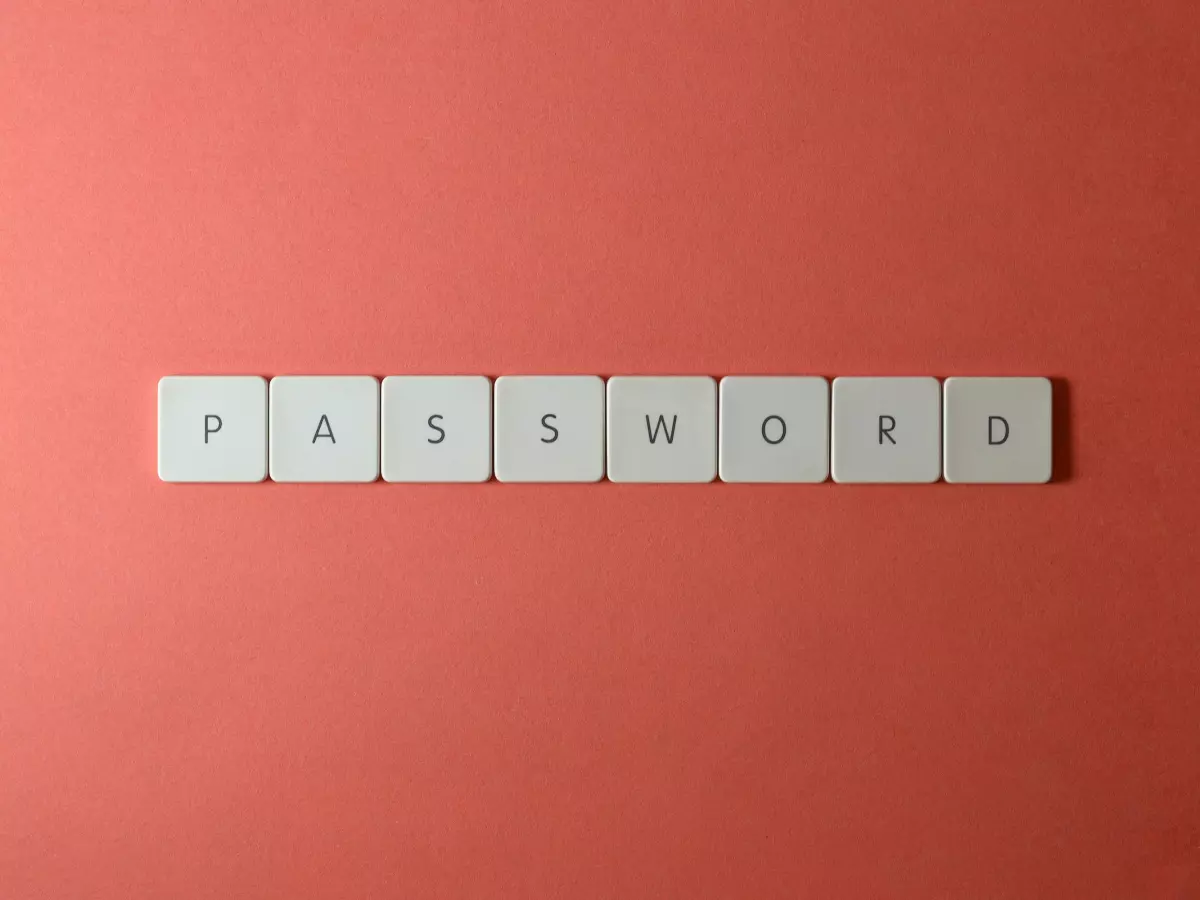Consensus Algorithms
What do a group of friends deciding on pizza toppings and a blockchain network securing millions of dollars have in common? More than you might think, thanks to consensus algorithms.

By Isabella Ferraro
In the world of blockchain, consensus algorithms are the unsung heroes that keep everything running smoothly. They’re the reason why decentralized networks can agree on the state of the ledger without a central authority. But how do these algorithms work, and why should you care? Well, if you’ve got any skin in the crypto game, understanding the tech behind these algorithms is essential for grasping how your transactions stay secure.
Let’s start with some numbers: according to a report by MarketsandMarkets, the blockchain market size is expected to grow from $7.4 billion in 2022 to $94 billion by 2027. That’s a massive leap, and much of this growth is driven by the increasing adoption of blockchain in industries like finance, healthcare, and supply chain management. But here’s the kicker—none of this would be possible without consensus algorithms ensuring the integrity and security of these systems.
So, what exactly is a consensus algorithm? In simple terms, it’s a protocol that allows all the nodes (computers) in a blockchain network to agree on the same data. Think of it like a group of friends trying to decide on pizza toppings. Everyone has different preferences, but they need to come to a consensus before placing the order. In blockchain, the stakes are much higher—nodes need to agree on the validity of transactions to keep the network secure and trustworthy.
Let’s break down some of the most popular consensus algorithms you’ll encounter in the blockchain world:
1. Proof of Work (PoW)
Ah, the OG of consensus algorithms. Proof of Work is the algorithm that powers Bitcoin, the first and most well-known cryptocurrency. In PoW, miners compete to solve complex mathematical puzzles, and the first one to solve it gets to add a new block to the blockchain. This process requires a lot of computational power, which is why PoW is often criticized for being energy-intensive. However, it’s also incredibly secure, as it would take an enormous amount of computing power to attack the network.
2. Proof of Stake (PoS)
Proof of Stake is like the eco-friendly cousin of Proof of Work. Instead of miners competing to solve puzzles, validators are chosen to create new blocks based on the amount of cryptocurrency they hold and are willing to “stake” as collateral. The more you stake, the higher your chances of being selected. PoS is much more energy-efficient than PoW, making it a popular choice for newer blockchain networks like Ethereum 2.0.
3. Delegated Proof of Stake (DPoS)
Think of DPoS as a democratic version of Proof of Stake. In this system, token holders vote for a small number of delegates who are responsible for validating transactions and creating new blocks. This makes DPoS faster and more scalable than PoW and PoS, but it also introduces a level of centralization, as power is concentrated in the hands of a few delegates.
4. Practical Byzantine Fault Tolerance (PBFT)
PBFT is a mouthful, but it’s a fascinating algorithm. It’s designed to work in environments where some nodes might act maliciously or fail to communicate properly. PBFT ensures that as long as two-thirds of the nodes are honest, the network can reach consensus. This makes it highly resilient to attacks, but it’s also more complex and less scalable than other algorithms.
5. Proof of Authority (PoA)
Proof of Authority is a bit different from the others. Instead of relying on computational power or staking tokens, PoA selects validators based on their reputation. This makes it a good fit for private or permissioned blockchains, where trust is a key factor. However, PoA is less decentralized than PoW or PoS, as it relies on a small group of trusted validators.
Each of these consensus algorithms has its strengths and weaknesses, and the choice of which one to use depends on the specific needs of the blockchain network. For example, if security is your top priority, PoW might be the way to go. But if you’re more concerned about scalability and energy efficiency, PoS or DPoS could be better options.
In the end, consensus algorithms are the backbone of blockchain technology. They’re what allow decentralized networks to function without a central authority, and they play a crucial role in ensuring the security and integrity of cryptocurrency transactions.
As blockchain technology continues to evolve, we’re likely to see even more innovative consensus algorithms emerge. But for now, these are the heavy hitters that are keeping the crypto world spinning.
As Vitalik Buterin, the co-founder of Ethereum, once said, “The blockchain does not solve all the world’s problems, but it does solve a few very important ones.” And consensus algorithms are a big part of that solution.





